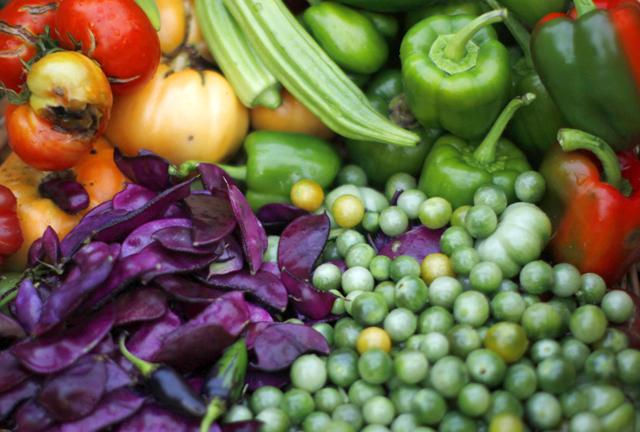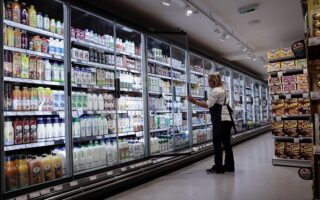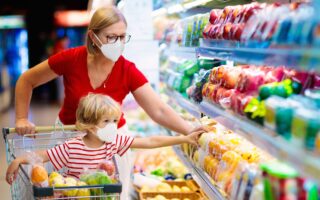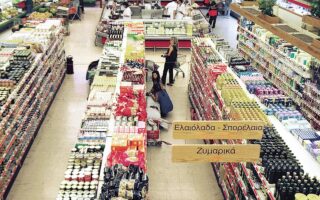From farm to plate: How prices triple

Greek consumers often pay nearly three times the price for fruits or vegetables that producers receive when the produce is harvested from the fields. However, the bulk of this price difference doesn’t make its way into the pockets of the producers. In reality, producers only retain a profit equivalent to roughly 8 to 9 percent of the final consumer price.
Why is this the case? Aside from the necessary intermediaries in the supply chain, which are crucial given present-day transportation methods for fruits and vegetables, there are also gray areas. Producers, who spoke to Kathimerini on condition of anonymity, claim they are frequently exploited by so-called “contractors” who oversee farm labor crews. These “contractors” often seem to be the ones benefiting most financially, rather than the farm workers themselves, the majority of whom are foreigners.
One illustrative example is the journey of iceberg lettuce from a farm in the Peloponnese to consumers’ plates. The production cost for a kilogram of this popular vegetable in Greece is €0.50, covering expenses such as fertilizers, water and energy. Transportation and packaging add about €0.20 per kilogram. Consequently, when the producer sells the product to the wholesaler for €0.90 per kilogram, their profit is a mere €0.20 per kilogram. The wholesaler then sells the product to the retailer for €1.25/kg, with the wholesaler’s margin actually amounting to €0.35/kg.
The retail price before VAT is €2.09/kg, with the retailer’s profit estimated at around €0.84/kg. However, the retailer also incurs costs for transportation from central warehouses to the actual stores, as well as maintenance expenses. This is less applicable for vegetables, which have a shorter shelf life compared to fruit. What does the consumer pay? Approximately €2.36-2.40 per kg.
Similarly, a kilogram of oranges intended for eating, sold on supermarket shelves for €1.40/kg, costs around €0.30-€0.40 when it leaves the farm for the packing plant. The producer’s profit is at most €0.14/kg, considering the production cost of €0.20 and harvesting cost of €0.06/kg. The retailer purchases from the wholesaler at €0.73/kg and sells the product for €1.22/kg (excluding VAT).
It should be noted that producers are often constrained by questionable agreements between contractors managing agricultural labor crews and packaging facilities. They also fall victim to practices such as overcharging for wastage or deducting higher tare weights than actual.
How could this have been avoided? One way is if producers were organized into cooperatives with their own packing plants, supplying retail trade directly. Examples of such cooperatives exist in Greece, like the Zagorin Agricultural Cooperative of Zagora in Pilio, in central Greece, renowned for its Zagorin apples, which has direct contracts with supermarkets due to its own facilities, sorting plants, and cold storage rooms.
A potential solution, also proposed by the Competition Commission in 2013, is the establishment of auctions. Through cooperatives or producer groups, producers could negotiate directly with buyers (primarily supermarket chains) on product prices. Countries like Belgium and the Netherlands have successfully utilized auctions for over 70 years.
Moreover, Greece lacks local logistics centers, leading to unnecessary transport costs for products. It may seem extreme and paradoxical, but it’s a reality: Oranges produced in Skala, Laconia, in the Peloponnese may need to travel to Athens first only to supply a large supermarket chain’s branch located in a nearby town in the Peloponnese.





